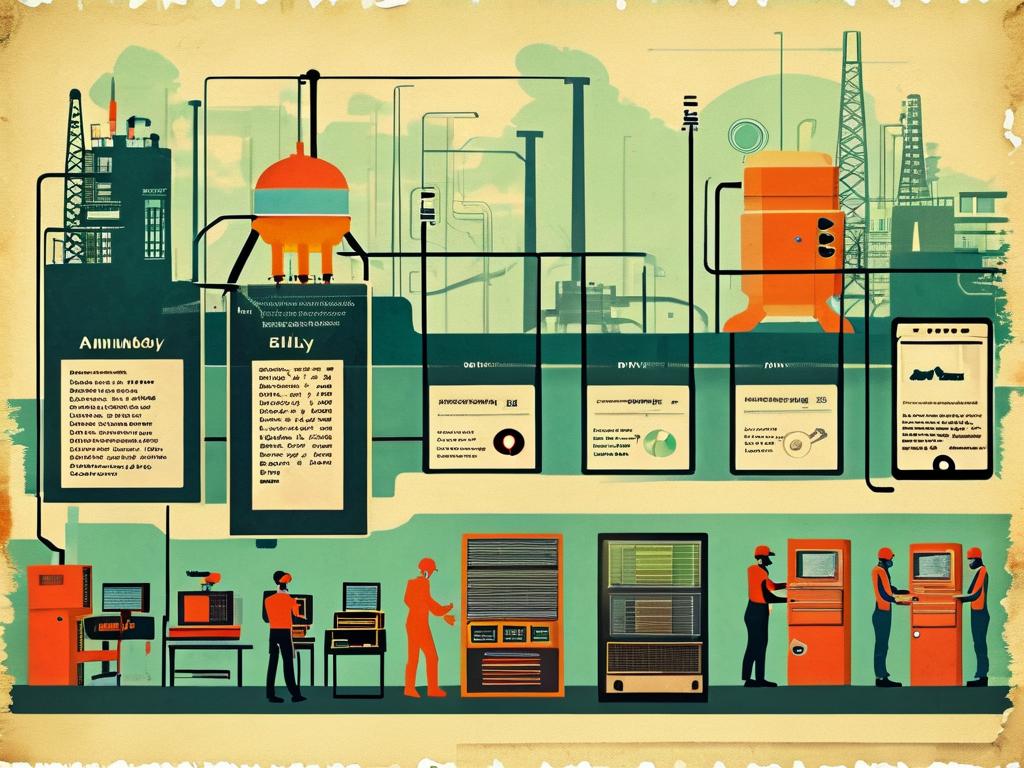As modern web development evolves, Vue3 has emerged as a powerful framework for building dynamic user interfaces. However, deploying Vue3 applications manually can be time-consuming and error-prone. This article explores practical strategies for automating Vue3 deployment pipelines, ensuring efficient and reliable delivery of web projects.

Why Automate Vue3 Deployment?
Automation addresses critical challenges in the deployment process. Developers often struggle with repetitive tasks like dependency installation, environment configuration, and production builds. Manual deployments risk human errors that can lead to version mismatches or broken features. By implementing automation, teams can achieve:
- Consistent deployment outcomes across environments
- Reduced operational overhead for developers
- Immediate feedback through integrated testing
Core Components of Automation
A robust Vue3 automation pipeline typically includes:
- Version Control Integration: Connecting repositories (Git, SVN) to trigger deployments
- CI/CD Tools: Utilizing platforms like GitHub Actions or Jenkins
- Environment Management: Handling staging/production configurations
- Automated Testing: Unit and E2E tests as deployment gatekeepers
Implementing GitHub Actions for Vue3
Consider this workflow example for automatic deployment to Firebase Hosting:
name: Deploy to Firebase
on:
push:
branches: [ main ]
jobs:
build-deploy:
runs-on: ubuntu-latest
steps:
- uses: actions/checkout@v3
- uses: actions/setup-node@v3
with:
node-version: 18.x
- run: npm install
- run: npm run build
- uses: FirebaseExtended/action-hosting-deploy@v0
with:
repoToken: ${{ secrets.GITHUB_TOKEN }}
firebaseServiceAccount: ${{ secrets.FIREBASE_SA }}
projectId: your-project-id
This configuration automatically builds and deploys the Vue3 application upon code commits to the main branch, demonstrating how automation reduces manual intervention while maintaining deployment integrity.
Managing Environment Variables Securely
Automation introduces new security considerations. Sensitive data like API keys must be handled through environment variables stored in secure vaults. Most CI/CD platforms provide encrypted secret storage:
# .env.production VUE_APP_API_URL=https://api.example.com VUE_APP_ENCRYPTION_KEY=$SECRET_KEY
Never commit actual credentials to version control. Instead, configure pipeline variables through your CI/CD platform's dashboard.
Multi-stage Deployment Strategies
Sophisticated projects often require phased rollouts:
- Canary Deployment: Release updates to a small user group first
- Blue-Green Deployment: Maintain parallel production environments
- Rollback Mechanisms: Automatic reversion on failure detection
Implement these patterns using cloud services like AWS CodeDeploy or Kubernetes orchestration tools, adapting them to your Vue3 application's needs.
Performance Optimization in Automated Pipelines
Incorporate these practices to enhance deployment efficiency:
- Caching Dependencies: Reduce npm/yarn installation time
- Parallel Testing: Execute different test suites concurrently
- Incremental Builds: Only rebuild modified components
A well-optimized pipeline can cut deployment time by 40-60%, significantly improving development velocity.
Monitoring and Analytics Integration
Complete the automation cycle with performance tracking:
- Implement error logging (Sentry, LogRocket)
- Integrate user behavior analytics (Google Analytics, Hotjar)
- Set up health checks and uptime monitoring
These tools provide crucial insights for iterative improvement of both application and deployment process.
Overcoming Common Challenges
Teams transitioning to automation may encounter:
- Configuration Complexity: Start with simple workflows and gradually add features
- Legacy System Integration: Use custom scripts as transitional bridges
- Skill Gaps: Invest in team training and documentation
Address these challenges through incremental implementation and knowledge sharing within development teams.
Future-proofing Your Deployment Pipeline
Stay ahead by adopting emerging trends:
- Serverless deployment architectures
- AI-powered error prediction systems
- Containerization with Docker
- Edge computing optimizations
These advancements will help maintain efficient deployments as Vue3 applications grow in complexity.
By embracing automation for Vue3 deployment, development teams can focus on core innovation rather than operational tasks. The initial investment in setting up automated pipelines pays dividends through improved reliability, faster release cycles, and enhanced team productivity. Start with basic automation and progressively incorporate advanced features as your project scales.









